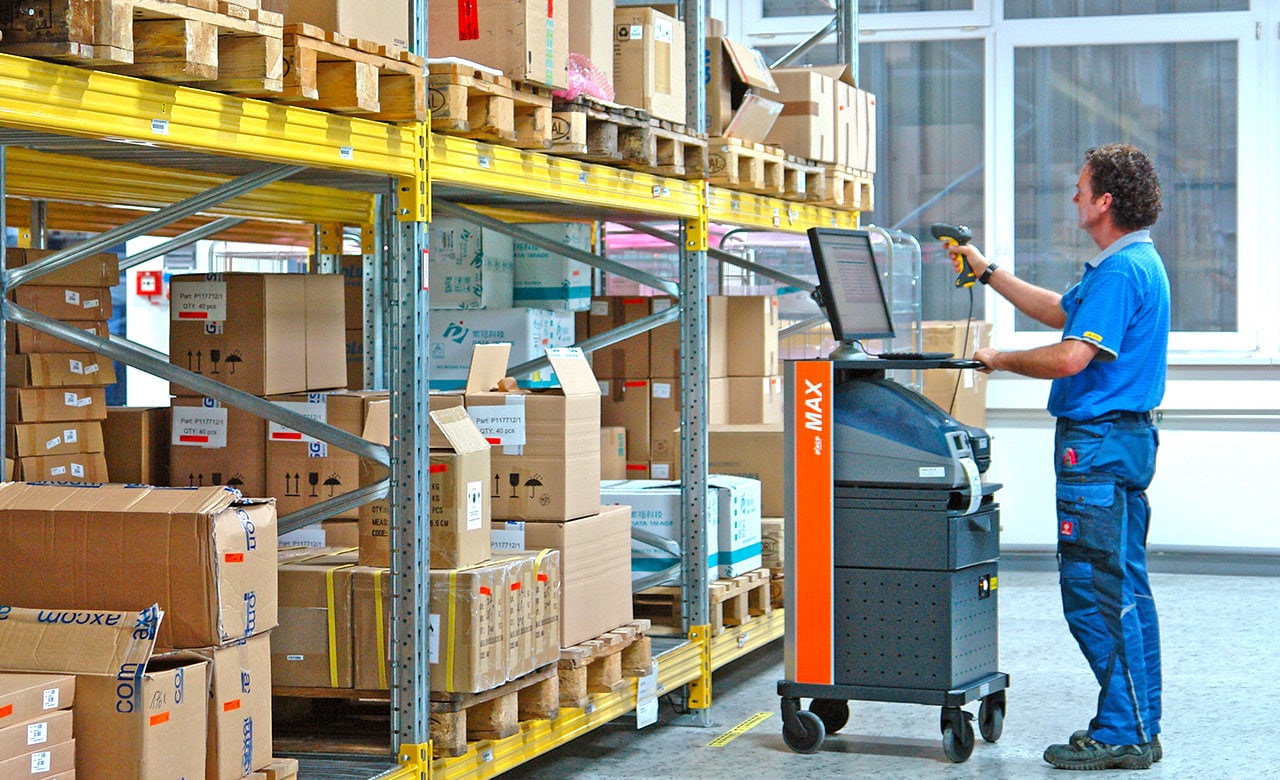How to Optimize the Warehouse Replenishment Process
Warehouse replenishment refers to the process of restocking new products from suppliers as well as transferring reserve products to picking shelves. Warehouse managers need to find the right balance between warehouse space and service priorities to avoid understocking or overstocking.
Understocking leads to lost sales when your customers can’t get the products they want. Overstocking can result in expired products that go unsold or wasted. However, following certain warehouse replenishment best practices can save time, reduce labor costs, enhance order accuracy, improve on-time delivery, and avoid logistical issues.

FIVE STRATEGIES FOR WAREHOUSE REPLENISHMENT
Here are five key warehouse replenishment best practices.
1. Select the Right Replenishment Method
There are three basic methods of replenishment, and you may use one or all of them in your facility, depending on your unique needs:
Demand-Based: Move the inventory only when it’s needed. This can help you save time, but it causes day-to-day unpredictability. Demand-based methods are best in facilities with small pick faces.
Routine/WMS Triggered: You can program your Warehouse Management System (WMS) to trigger an inventory replenishment when a particular product hits the minimum threshold. This is a good solution when the demand for your products is high or predictable.
Top-Off: The top-off method replenishes a certain section while other sections are slow or already filled. This method can help you make better use of your time, but since it relies on accurate demand forecasting, topping off is most effective in large facilities that move many products quickly.
2. Use Mobile Handheld Computers, Barcode Scanners and RFID
Pen and paper recording can be time-consuming and disorganized, and you run the risk of inaccuracies and lost documents. Mobile Handheld Computers, radio-frequency identification (RFID) tags, and barcode scanners—like the ergonomic, high-performance HasciSE backhand scanner—streamline inventory replenishment, saving time and reducing errors.
3. Implement Processes for Emergency Replenishment Needs
Even the most organized warehouse replenishment system will face unexpected challenges, but being ready for them can enhance overall productivity. For example, if a picker cannot find a necessary item in its designated location, he or she should be able to flag the issue with a resolution specialist. The picker should move on to the next task while the specialist resolves the problem. These processes enable your warehouse to run smoothly and avoid delays.
4. Replenish Immediately After Receiving for High-Demand Inventory
If you have verified high demand for a product, you can replenish the order directly from the receiving dock. You’ll save time and avoid unnecessary storage because you won’t have to move the products a second time from storage to the picking area.
5. Use Automation to Enhance Picking Accuracy
When possible, rely on the precision of sensors and robots to give you relevant information for inventory decisions. Collaborative AI (Artificial Intelligence) robots can guide associates on the most efficient picking routes to streamline picking and restocking.
IMPROVE YOUR WAREHOUSE MANAGEMENT WITH ACD GROUP
At ACD, we specialize in developing and producing electronic products that improve warehouse productivity. We offer Mobile Handheld Computers, Mobile Workstations, Vehicle Mount Terminals, and Wearables like the HasciSE backhand scanners.
These mobile scanners feature a lightweight, compact design and versatile attachment methods. The product integrates with other ACD logistics technology, and wearers retain a full range of motion as they carry out tasks. It’s a simple but crucial way to reduce the workload on your employees, eliminate costly errors, and stay on top of your inventory replenishment.
Contact us to learn more about our products and how they can help you streamline your warehouse replenishment process.